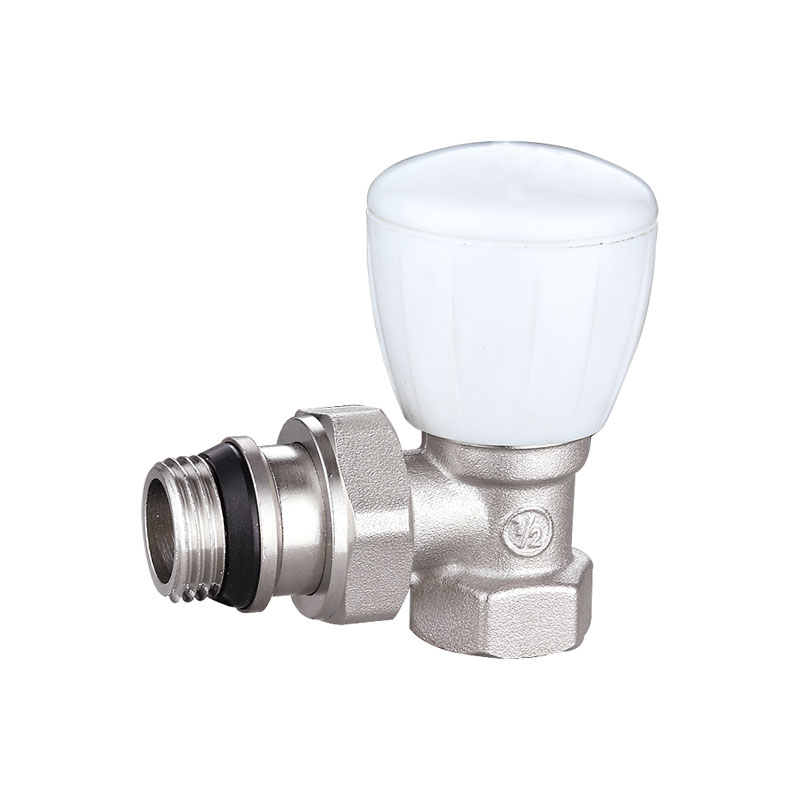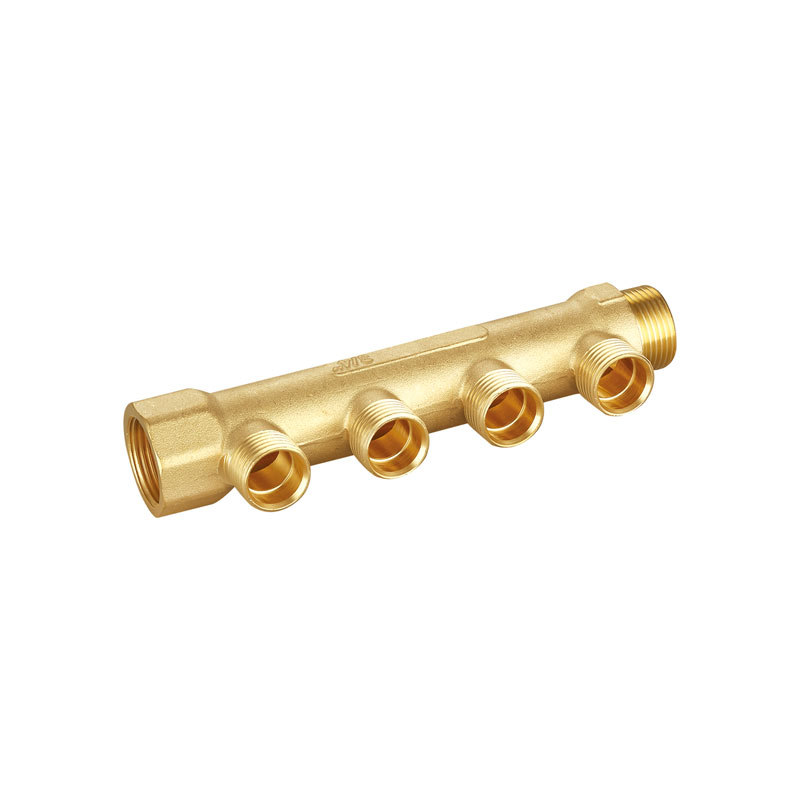At first glance, the valve has few parts, simple structure and average precision. It is a simple part in the machinery industry, but the core sealing part of the valve has particularly high requirements. The valve manufacturing process is complex and technically difficult. What process characteristics should we pay attention to?
1. Manufacturing materials
Due to the variety and specifications of valves, for example, general valves include gate valves, globe valves, check valves, ball valves, butterfly valves, and hydraulic control valves; industrial valves include solenoid valves, regulating valves, pressure reducing valves, high temperature and high pressure valves, low temperature valves and other special valves , are used in various fields of the national economy, and their use cases vary widely, such as high temperature and high pressure, low temperature cryogenic, flammable and explosive, highly toxic, strong corrosive media and other working conditions, which put forward harsh requirements on the material of the valve.
In addition to cast iron, carbon steel, and alloy structural steel, CrNi stainless steel, CrMoAl nitrided steel, CrMoV heat-resistant steel, CrMnN acid-resistant steel, precipitation hardened steel, duplex stainless steel, low-temperature steel, titanium alloy, and Monel are also widely used. , Inconel, Hastelloy and G0CrW carbide. The casting, welding and processing properties of these high alloy materials are very poor, which brings great difficulty to the manufacturing process. In addition, most of these materials are high-alloy, high-strength, high-hardness precious materials, and there are many difficulties in material selection, material preparation, and procurement. Some materials are difficult to purchase and supply due to the small amount of use.
2. The structure of the casting blank
Most valve blanks are thin-shell castings with complex structures, which not only require good appearance quality, but also dense internal quality and good metallographic structure, and must not have defects such as pores, shrinkage holes, sand inclusions, and cracks. . Therefore, the casting process is complex and the heat treatment technology is difficult. In the machinery industry, the casting difficulty of the pressure-bearing thin shell casting blank of the valve is far more complicated and more difficult than the casting of other mechanical components.
3. Machining technology
Because most high-strength, high-hardness, and high-corrosion-resistant materials have poor cutting performance, such as high-alloy stainless steel and acid-resistant steel, they have the disadvantages of high toughness, high strength, poor heat dissipation, high chip viscosity and strong tendency to work hardening. It is difficult to achieve the required dimensional accuracy and finish, which brings certain difficulties to the machining tools, processes and equipment. In addition, the valve sealing surface has high requirements on machining accuracy, matching angle, smoothness and matching sealing pair, which brings great difficulty to machining.
4. Process arrangement of valve parts
The number of main parts of the valve is small, the structure is relatively simple, the machining accuracy of most of the dimensions is not high, and the exterior is relatively rough, which gives people the impression of a simple machine. In fact, the heart sealing part of the valve is extremely precise. The "three degrees" (flatness, smoothness, hardness) of the sealing surface are very high, and the matching degree of the sealing pair composed of the two sealing surfaces must reach zero to zero. In order to meet the zero leakage of the air tightness test. This kind of rough benchmark to Classic chrome plated brass angle valve ensure the precise zero-to-zero requirement of the heart is the biggest technological difficulty in valve processing.
5. Valve test and inspection
Valves are important opening and closing and regulating components of pressure pipelines, and the working conditions of pressure pipelines are very different, such as high temperature and high pressure, low temperature and cryogenic temperature, flammable and explosive, highly toxic and strong corrosion. However, the test and inspection conditions for valve manufacturing cannot meet the same requirements of the working conditions. The international and domestic valve test standards stipulate that the test is carried out with gas or water as the medium under conditions close to normal temperature. There is a fundamental hidden danger, that is, the valve products that pass the normal factory test may be difficult to meet the use requirements due to problems such as material selection, casting quality and seal damage under harsh actual working conditions. quality accident.

 languages
languages

 English
English русский
русский












